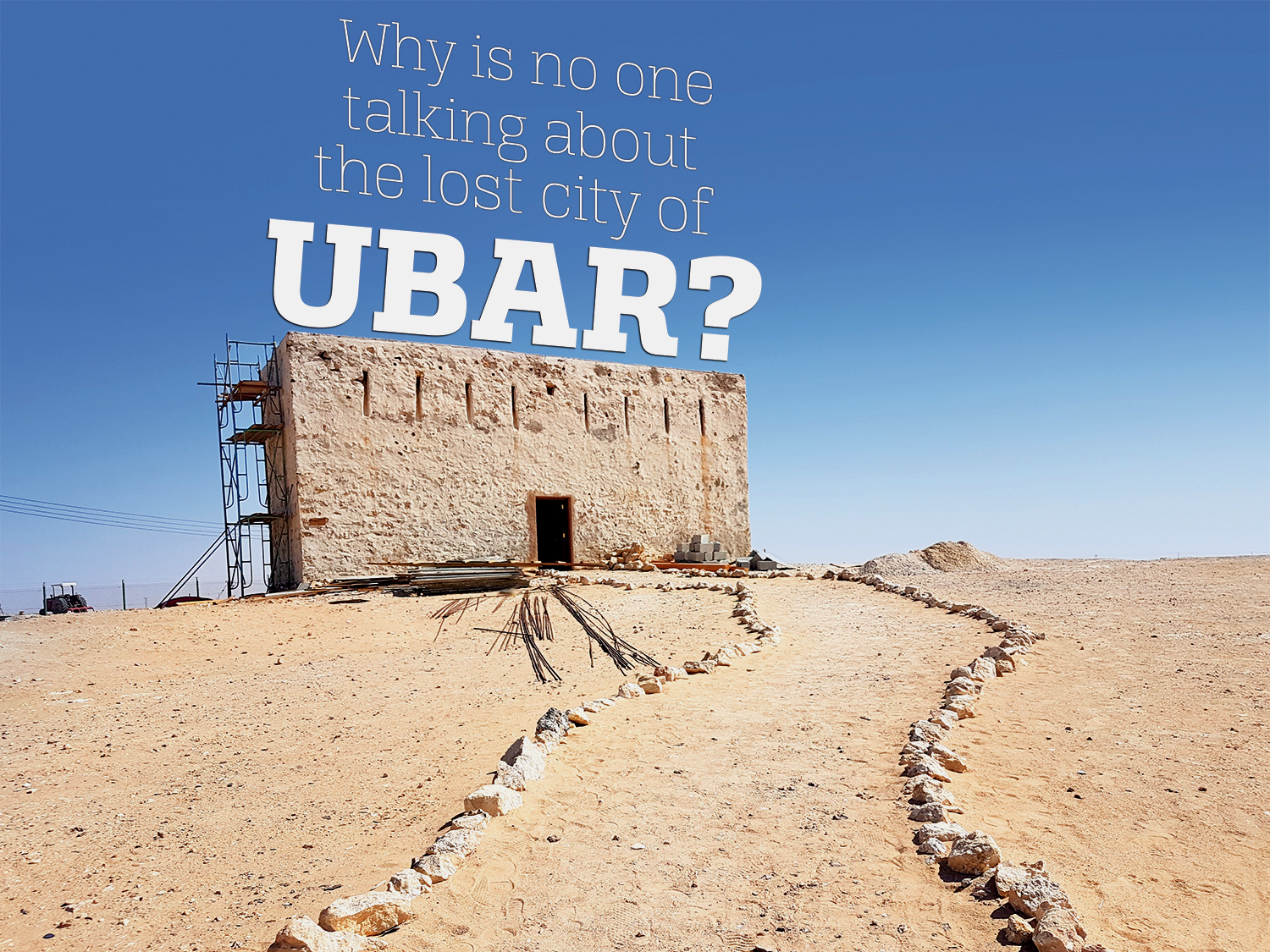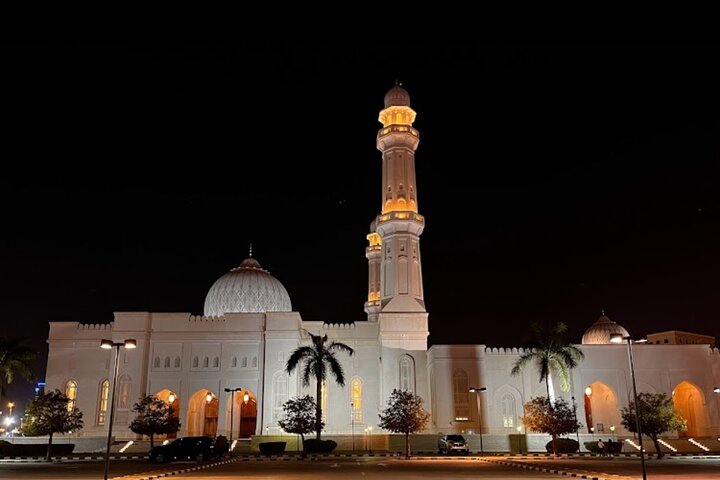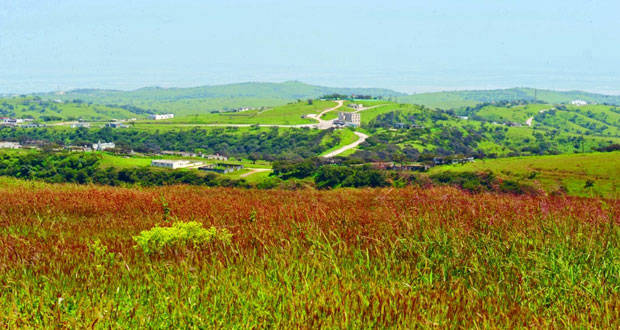Introduction: Where Legend Meets the Desert Sands
In the heart of Oman’s Dhofar region, hidden for centuries beneath the shifting dunes of the Rub’ al Khali (Empty Quarter), lies the Ubar Archaeological Site. Known in folklore as the Atlantis of the Sands, Ubar was once a powerful settlement on the ancient Frankincense trade route—a lifeline connecting Arabia with the Mediterranean world.
Today, this archaeological wonder invites visitors to explore its weathered ruins, ancient wells, and desert surroundings, offering a rare chance to walk through history and legend at the same time.
A Story Unearthed by Science and Satellite
For centuries, Ubar existed only in Arabian legends, its story passed down through poetry and oral tradition. Western explorers such as Wilfred Thesiger and Bertram Thomas searched for it, but the city remained hidden.
In the early 1990s, a breakthrough came when NASA satellite images revealed ancient caravan tracks converging on a single location—Shisr, Oman. Excavations led by archaeologist Nicholas Clapp uncovered the remains of fort walls, collapsed towers, and deep wells—evidence that this was indeed the fabled city of Ubar.
Why Visit the Ubar Archaeological Site?
- Living Connection to the Frankincense Trade
Ubar was a hub for frankincense commerce, linking the Boswellia sacra groves of Dhofar to ancient ports like Khor Rori and onward to Rome, Egypt, and India. - Fascinating Blend of Myth and Fact
The site embodies both the romantic allure of a lost city and the tangible evidence of advanced desert survival. - Desert Beauty
Surrounded by golden dunes and open sky, the archaeological site offers an authentic taste of Oman’s desert wilderness.
What to See at Ubar Archaeological Site
- Ruined Fort Walls & Towers – These stone structures once guarded the city and its valuable trade goods.
- Ancient Water Wells – Ingenious systems that sustained caravans and residents in the harsh desert climate.
- Excavation Displays – On-site information boards and museum-style exhibits explaining the city’s history and discovery.
- Panoramic Desert Vistas – Ideal for photography, especially during sunrise or sunset when the dunes glow golden.
Nearby Attractions
- Wadi Dawkah – UNESCO-protected frankincense grove.
- Empty Quarter (Rub’ al Khali) – Experience the vastness of the world’s largest sand desert.
- Salalah Souqs – Shop for authentic frankincense and traditional Omani crafts.
- Zigzag Road & Hidden Beach – Combine desert and coastal beauty in one trip.
Best Time to Visit
The months between October and April offer cooler weather, making exploration comfortable. Summer temperatures can be extreme, so early morning visits are recommended.
How to Get There
The site is located about 170 km north of Salalah. The final stretch requires a 4×4 vehicle due to sandy and uneven terrain. Many visitors join guided tours that include storytelling, local history, and stops at other frankincense heritage sites.
Why European Travelers Are Drawn to Ubar
- Historical Curiosity – European explorers played a role in rediscovering the site.
- Adventure & Exploration – Traveling through the Empty Quarter is an experience unlike any other.
- Cultural Connection – Ubar is part of the Land of Frankincense UNESCO heritage, connecting visitors to ancient global trade.
- Photography Opportunities – Dramatic ruins framed by endless dunes.
Travel Tips for Ubar Archaeological Site
- Pack Essentials: Water, snacks, sunglasses, and sunscreen.
- Photography Gear: Wide-angle lenses work well for landscapes.
- Respect the Site: Avoid climbing on the ruins to help preserve them.
- Local Guides: Their insight transforms a pile of stones into a vivid historical narrative.
Responsible Tourism & Preservation
The Ubar Archaeological Site is protected under Omani heritage laws. Tourists are encouraged to follow marked paths, avoid littering, and support local communities by purchasing handicrafts or hiring local tour guides.
Conclusion: A Journey into Time and Sand
Visiting the Ubar Archaeological Site is like stepping into the pages of an Arabian legend. It’s a journey through history, myth, and the stunning landscapes of Oman’s Dhofar region. Whether you’re a history enthusiast, a photographer, or simply an adventurous traveler, Ubar offers a unique glimpse into the intersection of human resilience and the forces of nature.
Standing among its ruins, surrounded by desert silence, you’ll feel the weight of centuries—and the timeless pull of a story that once seemed lost forever.



